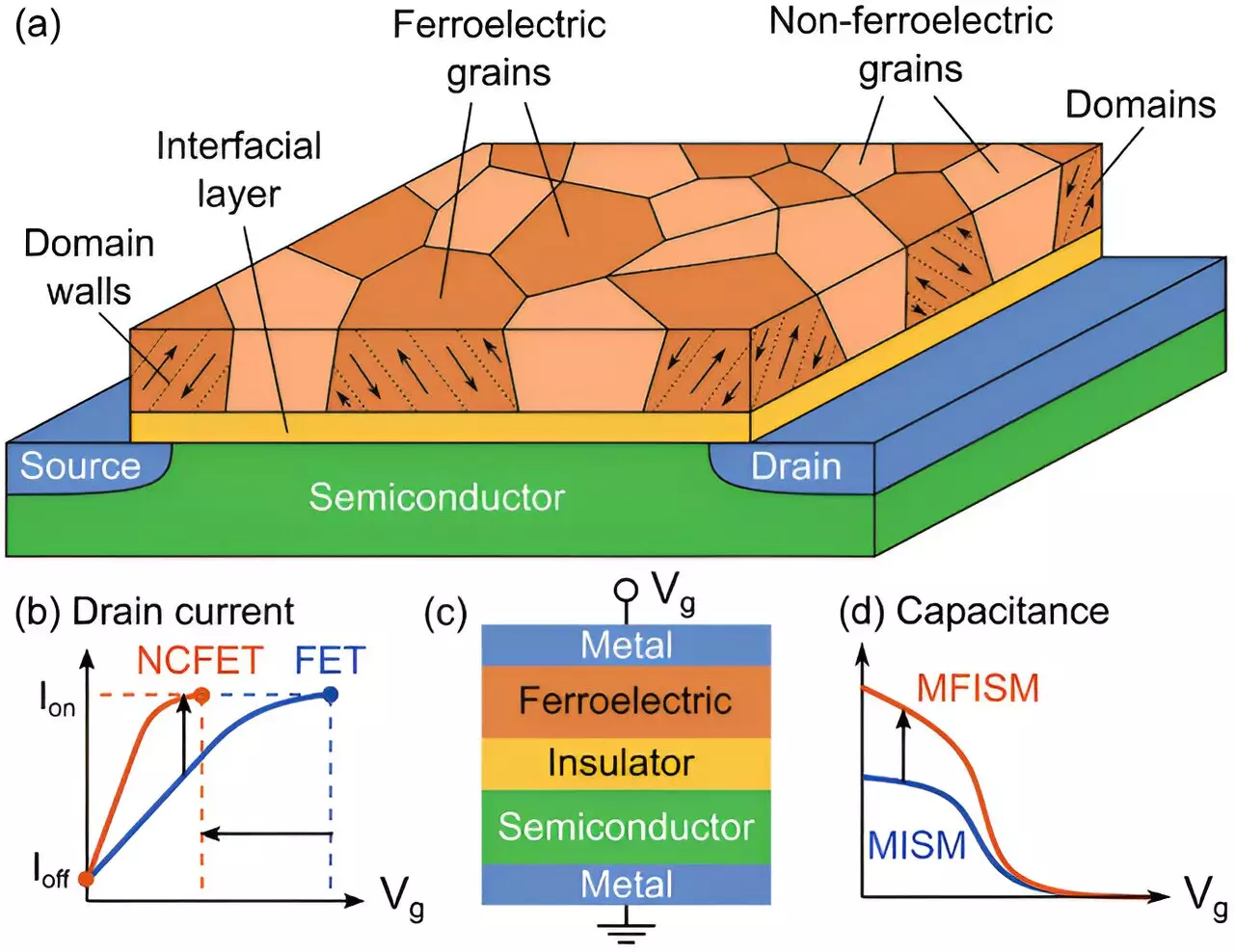In the landscape of computational technology, the progress we’ve made in microchip innovation is staggering. The smartphones we wield today possess computational capabilities that would have classified them as supercomputers in the early 1990s. However, the landscape is shifting once again, propelled by the rapid expansion of artificial intelligence (AI) and the Internet of Things (IoT). As our society becomes increasingly reliant on a multitude of interconnected devices—from smart homes to intelligent infrastructure—we find ourselves at a juncture that demands a new class of microchips. These chips need to not only enhance performance and miniaturization but also, crucially, achieve superior energy efficiency. This overarching need is the focal point of groundbreaking research being conducted by scientists at Berkeley Lab.
### The Quest for Next-Generation Transistors
At the heart of modern microchips lies the transistor, a fundamental building block that determines both performance and energy consumption. The thrust of ongoing research at Berkeley Lab aims to revitalize the transistor landscape, particularly through the exploration of innovative materials such as ferroelectric materials that provide a distinct advantage in designing energy-efficient devices. Recent investigations have brought to light the potential of negative capacitance—a property enabling materials to store more electrical charge at decreased voltages—thereby allowing for smarter and more sustainable memory and logic devices.
Scientists have recognized that pioneering this technology can lead to microchips that outperform and consume less energy than traditional silicon-based alternatives. Recent studies have revealed new avenues for harnessing negative capacitance to enhance device capabilities, through a comprehensive, atomistic understanding of its properties and underlying mechanisms. This approach is vital—not just to understand the why but also the how—of materials utilization in practical device applications.
### The Role of Simulation in Material Development
To unlock the potential of negative capacitance, Berkeley Lab introduced FerroX, an interactive and open-source 3D simulation framework specifically designed to propel research in this field. FerroX allows researchers to manipulate and analyze various parameters of ferroelectric materials, heralding a new era in the co-design of microelectronics. By using this framework, researchers can tailor specific characteristics of materials to amplify their performance.
As Zhi (Jackie) Yao, a leading research scientist in the development of FerroX, elucidates, the framework represents a compelling advancement in the efficiency and speed of material development. Instead of the traditional slow, labor-intensive methods that might involve countless hours of trial and error, FerroX facilitates targeted simulations that allow researchers to optimize materials expediently. This paradigm shift not only expedites research but also heightens the potential for breakthroughs in microelectronics.
### Collaborative Research Leading the Charge
The development of new materials and their applications is inherently collaborative, spanning diverse scientific disciplines to achieve success. Berkeley Lab’s multidisciplinary research model has effectively merged insights from physics, materials science, and engineering to fine-tune the negative capacitance concept. This tight-knit collaboration has been indispensable, allowing researchers like Prabhat Kumar and Sayeef Salahuddin to work synergistically and leverage each other’s expertise in the quest for top-notch microchip designs.
Their earlier explorations into ferroelectric materials with negative capacitance properties have laid the groundwork for an in-depth investigation into the structural attributes that enable these characteristics. The ideal grain size and orientation of ferroelectric materials turn out to play a pivotal role in maximizing their performance. Implementing that understanding into microchip design can pivot the industry towards unprecedented energy efficiency and speed.
### Looking Ahead: Transforming the Future of Computing
Not only does the work being done at Berkeley Lab signify local advancements, but the implications resonate globally across various fields. FerroX is anticipated to be a game-changer, opening up the possibility for researchers in academia, industry, and national laboratories to push the frontiers of microelectronics design.
With aspirations to simulate an entire transistor’s functionality using FerroX, the potential for the development of optimized devices is immense. As Zhi Yao notes, we are on the verge of transforming how microelectronics are not only designed but also leveraged across an array of technological applications. By marrying cutting-edge theory with practical mechanical realities, the door has been flung wide open for revolutionary advancements in energy efficiency, making strides towards the dream of ultra-low-voltage microelectronics.
The advances in materials science, particularly through innovative platforms like FerroX, continue to propel the future of microchip technology, making energy efficiency and improved performance attainable goals for the next generation of computing. The journey toward these advancements represents an exciting frontier where interdisciplinary collaboration plays a central role and where breakthroughs are merely the tip of the iceberg in the quest for smarter technology.

